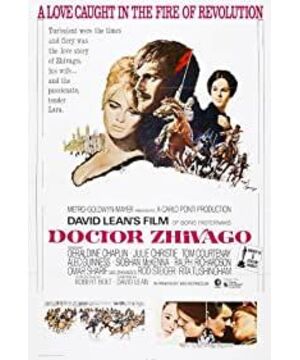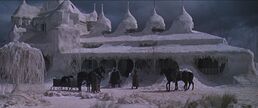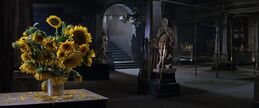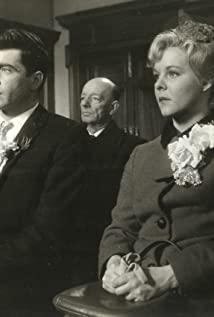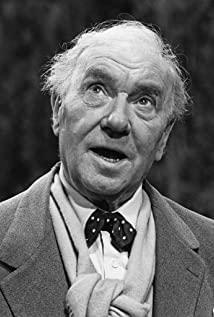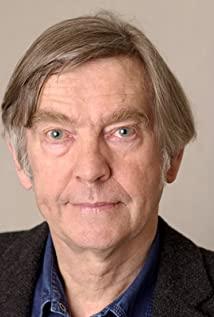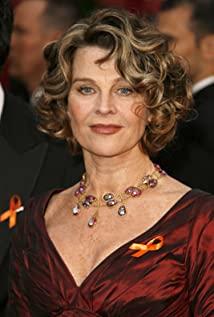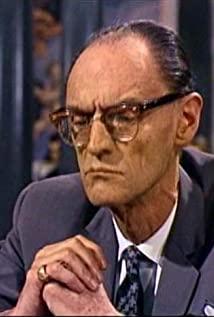The Nobel Prize for "Doctor Zhivago" cannot deny its political factors, nor can it ignore its own excellence.
The original book retains more details, and the more I read it, the more enjoyable it becomes. In the film adaptation, those resonant psychological descriptions and large sections of self-confession have been deleted, and what it presents is the visual beauty that books cannot show.
Here are excerpts from the analysis shared by several popular reviews
Yuri has been a typical intellectual all his life, and his life has experienced the rich and fulfilling life of the upper class in the Tsarist era to the poverty and poverty after the revolution. He always retains the integrity of the intellectual, writes poetry, goes to the Yuryagin library to read, and like the author refuses to leave the country, the only "crime" is probably stealing the wood for the fence in the street. This is the insistence of Doctor Zhivago.
The love between the doctor and Lala should be said to be a product of that era. The war on the front made them acquaintances, and thus had this tragic love. The doctor has loved two women in his life (three in the original book), and only for Lala, it is more like love.
The most touching thing is probably to write poetry at night in Varegino, which belongs to the poet's loneliness, coldness, poetic and romantic free release and sway. Whether it is read or seen, it is wanton and enjoyable.
The most impressive thing in the film is the yellow flower (sunflower?) that appears from time to time, which symbolizes the hope and romance that still remain in the face of threats and repression.
Finally, some of the scenes in the film are also very beautiful
The first encounter between the doctor and Lala was on the tram, and the final death was also on the way to chase Lala ("How fragile his heart was then")
The echoes of the balalaika
The last scene is also the end
View more about Doctor Zhivago reviews


